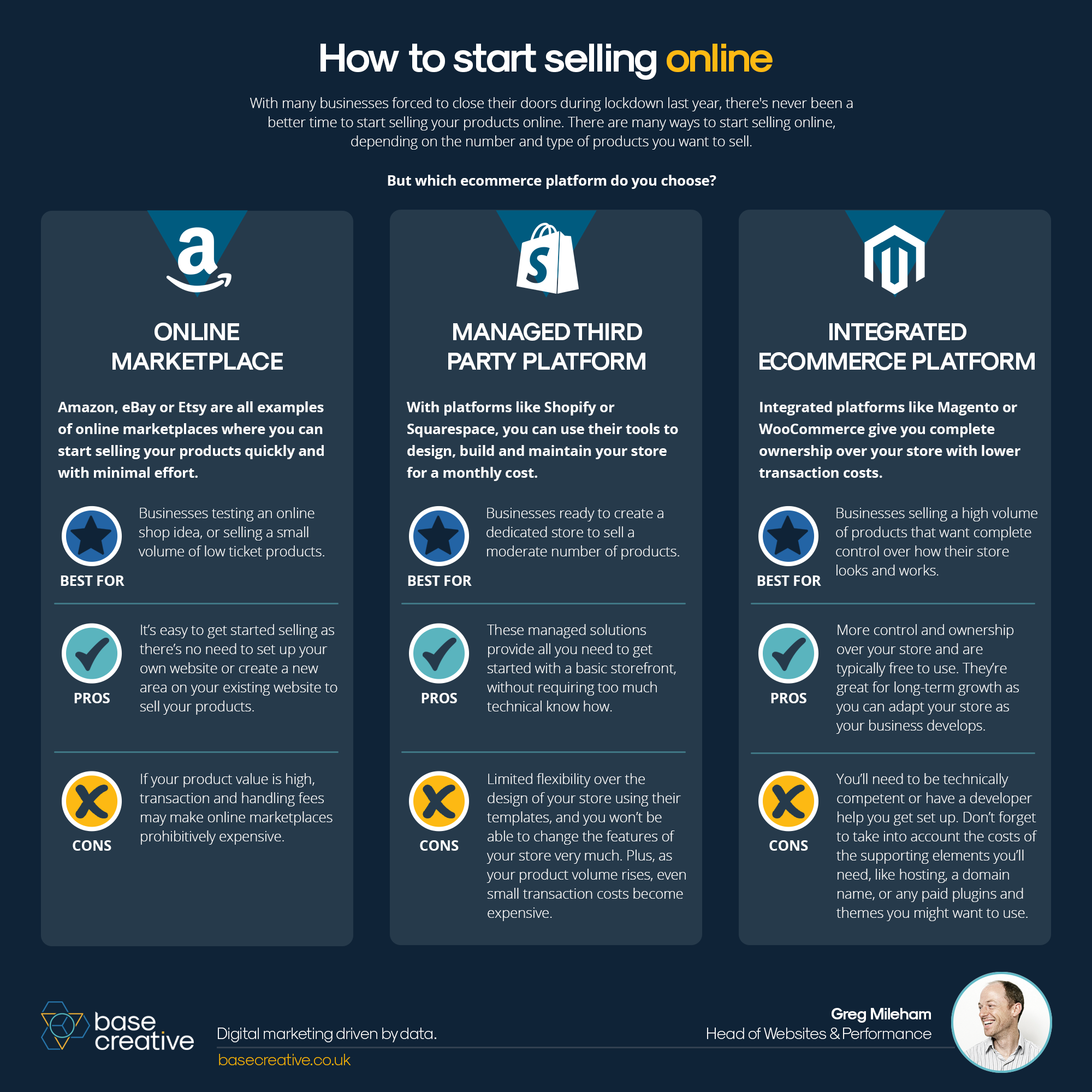TABLE OF CONTENTS
TABLE OF CONTENTS
Other Usefull Contents
You can see many success stories from our customers, and you may be one of them in the future
Unlock the Power of Mobile Commerce: Propel Your Business Forward
Read MoreDiscover how to harness mobile commerce to enhance your business growth. Learn strategies for optimizing the mobile shopping experience and increasing consumer engagement.
Read MoreDiscover the benefits of mobile commerce and how it can transform your business. Learn effective strategies for maximizing sales and customer engagement through mobile-optimized shopping experiences.
Read More














In today's digital age, e-commerce has revolutionized the way people shop, with an increasing number of consumers turning to online stores for their purchases. With the growing competition in the e-commerce industry, building a strong brand identity is crucial for the success of any e-commerce website. Branding is the process of creating a unique name, design, and image for a product or service that differentiates it from competitors in the market. A strong brand identity can enhance consumer trust, increase customer loyalty, and ultimately, drive sales. In this context, developing an effective branding strategy for an e-commerce website is essential to stand out in the crowded online marketplace and achieve business objectives. In this article, we will explore 8 steps of branding for e-commerce websites and provide tips on how to create a successful brand identity that drives growth and profitability.
Step 1: Define your brand identity
Defining your brand identity is the foundation of your e-commerce website branding. Your brand identity includes your logo, color scheme, typography, and design elements. These elements should be consistent across all your marketing channels, including your website, social media channels, and packaging. Your brand identity should reflect your business's values, mission, and unique selling proposition. Consider what makes your business unique and how you want to position yourself in the market. Develop a brand style guide that outlines your brand identity guidelines and ensure that your website design reflects your brand's personality and values.
Step 2: Choose a memorable domain name
Your domain name is the first thing customers will see when they visit your website, so it's important to choose a memorable one. Your domain name should be short, easy to remember, and relevant to your brand. Consider including relevant keywords that will help customers find your website through search engines. Ensure that your domain name is unique and available.
Step 3: Develop a tagline
Your tagline is a short, catchy phrase that conveys your brand's message and unique value proposition. Your tagline should be memorable and easy to understand. Consider what makes your business unique and how you want to position yourself in the market. Develop several tagline options and test them with your target audience to see which one resonates the most.
Step 4: Use high-quality images and visuals
High-quality images and visuals are essential for creating a visually appealing shopping experience for your customers. Use high-quality images and videos that showcase your products and make them look attractive. Ensure that your images are optimized for the web to reduce loading times. Use consistent image styles and filters to create a cohesive look across your website and social media channels.
Step 5: Use social media to promote your brand
Social media platforms are a great way to promote your brand and interact with your customers. Develop a social media strategy that includes regular posts, engaging with followers, and running social media ads. Use a consistent tone of voice and design style that reflects your brand identity. Use analytics tools to monitor your social media performance and adjust your strategy accordingly.
Step 6: Provide excellent customer service
Providing excellent customer service is essential for building brand loyalty and establishing a positive reputation for your e-commerce website. Make sure that your customer service is responsive, friendly, and helpful. Provide multiple customer service channels, including email, phone, and live chat. Respond to customer inquiries and complaints promptly and professionally.
Step 7: Create a consistent customer experience
Creating a consistent customer experience is essential for building brand recognition and loyalty. Ensure that every aspect of the customer experience, from browsing to checkout, is consistent with your brand's identity and values. Use a consistent tone of voice in your communication and ensure that your website design is consistent with your brand identity. Use analytics tools to monitor your website's performance and customer behavior to refine your brand strategy accordingly.
Step 8: Evaluate and refine your brand strategy
Remember that branding is an ongoing process, and it's important to continually evaluate and refine your brand strategy to ensure it aligns with your business goals and resonates with your customers. Use analytics tools to monitor your website's performance, social media engagement, and customer behavior. Refine your brand strategy based on your findings and adjust your marketing tactics accordingly. Continuously monitor your brand's reputation and adjust your branding strategy accordingly to keep your e-commerce website relevant and competitive.
Conclusion
In conclusion, developing a strong brand identity is essential for the success of any e-commerce website in today's digital age. By following these 8 steps of branding, including defining your brand identity, choosing a memorable domain name, developing a tagline, using high-quality images and visuals, using social media to promote your brand, providing excellent customer service, creating a consistent customer experience, and evaluating and refining your brand strategy, you can create a successful brand identity that drives growth and profitability. Remember that branding is an ongoing process, and it's important to continuously monitor and refine your branding strategy to stay relevant and competitive in the crowded online marketplace.